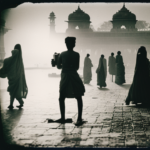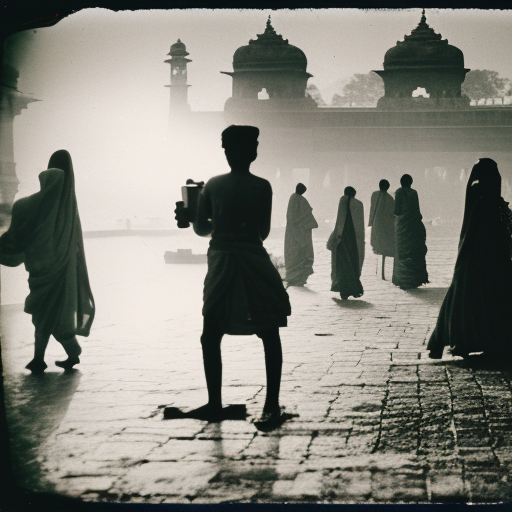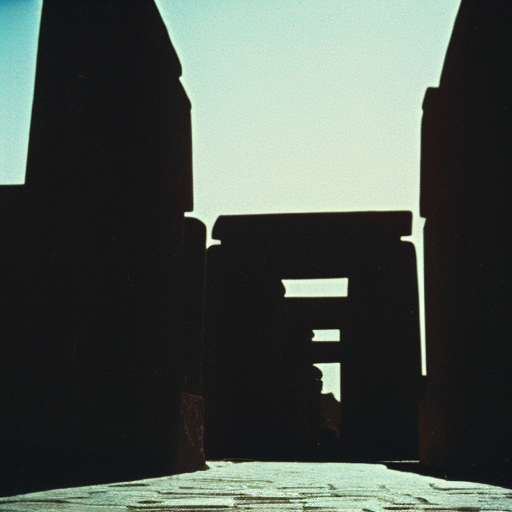The Vedic Period in India: A Summary
The Vedic Period in India refers to the time period from around 1500 BCE to 500 BCE when the Vedas, the oldest sacred texts of Hinduism, were composed. This period is significant as it laid the foundation for the development of Hinduism and shaped the social, cultural, and religious practices of ancient India.
The Rigvedic Period
The Vedic Period is divided into two main phases: the Rigvedic Period and the Later Vedic Period. The Rigvedic Period, also known as the Early Vedic Period, is characterized by the composition of the Rigveda, the oldest and most important Veda. The Rigveda consists of hymns dedicated to various gods and goddesses and provides valuable insights into the social, economic, and religious life of the time.
During this period, society was primarily organized into tribes or clans known as “janas.” The chief of each clan, called the “raja,” held political and military authority. The economy was primarily agrarian, with cattle rearing and agriculture being the main sources of livelihood. The society was patriarchal, and the family was the basic unit of social organization.
Religion played a crucial role in the lives of the people during the Rigvedic Period. The Rigveda contains hymns dedicated to various deities, such as Indra, Agni, Varuna, and Soma. Sacrificial rituals, known as “yajnas,” were performed to appease the gods and seek their blessings. The priests, known as “Brahmins,” held a significant position in society and were responsible for conducting these rituals.
The Later Vedic Period
The Later Vedic Period, also known as the Brahmanic Period, saw significant changes in social, political, and religious aspects of society. The composition of the other three Vedas, namely the Samaveda, Yajurveda, and Atharvaveda, took place during this period.
One of the notable changes during this period was the emergence of new social groups known as “varnas.” Society became stratified into four main varnas: Brahmins (priests and scholars), Kshatriyas (warriors and rulers), Vaishyas (merchants and farmers), and Shudras (laborers and servants). This social hierarchy, known as the caste system, became an integral part of Indian society for centuries to come.
Religious rituals and sacrifices continued to hold importance, but the emphasis shifted from the external rituals to internal spiritual practices. The concept of “karma” (the law of cause and effect) and “moksha” (liberation from the cycle of birth and death) gained prominence. The Upanishads, philosophical texts that explore these concepts, were composed during this period.
Legacy of the Vedic Period
The Vedic Period left a lasting impact on Indian civilization. The Vedas provided the foundation for Hinduism, one of the world’s oldest religions. The social structure and religious practices established during this period continued to shape Indian society for centuries. The caste system, although criticized for its rigidity and discrimination, became deeply ingrained in Indian society.
The Vedic Period also witnessed the development of the Sanskrit language, which became the language of learning and literature in ancient India. The oral tradition of passing down knowledge through hymns and rituals laid the groundwork for the rich literary traditions that followed.
In conclusion, the Vedic Period in India was a crucial phase in the country’s history. It witnessed the composition of the Vedas, the emergence of social stratification, and the development of philosophical ideas that shaped the course of Indian civilization. The legacy of this period can still be seen in the religious and cultural practices of modern-day India.












